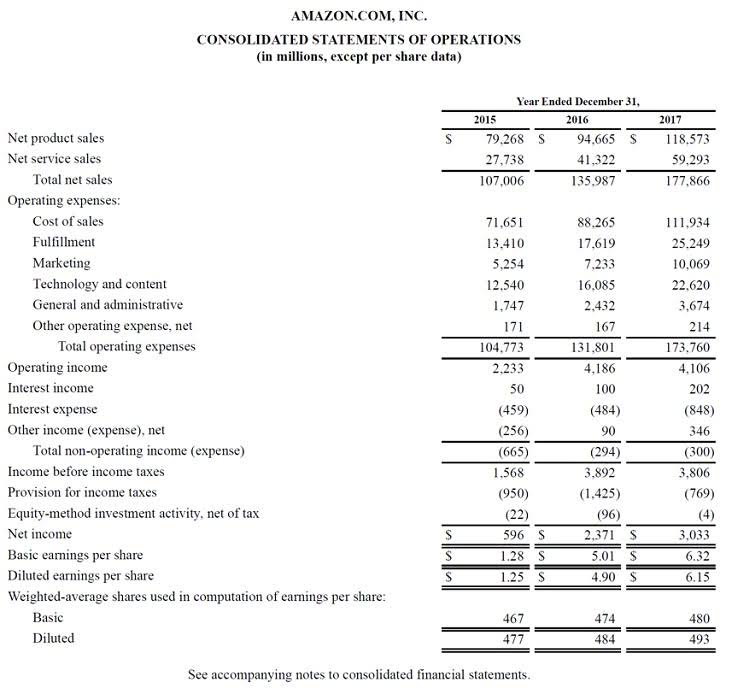
Your church chart of accounts is more than a financial list. It forms the foundation of your reporting, budgeting, and overall stewardship. When organized thoughtfully, it helps your church stay transparent, reduce errors, and make informed decisions with confidence. Setting up a Chart of Accounts for a church involves a careful balance. Also, it’s essential to get input from people who understand the church’s financial statements, like the treasurer or finance committee, when setting up the COA. Start by listing all of the assets, current liabilities, equity, revenue, and expenses that your church has.

Enhances Financial Transparency and Accountability
- The church’s chart of accounts (CoA) is the building block for your entire church accounting system.
- For instance, if an account’s name or description is ambiguous, the bookkeeper can simply look at the prefix to know exactly what it is.
- The other reports in the Excel workbook will populate automatically so you don’t have to do any other manual data entry.
- You can make your required modifications that your organization requires.
- To do it correctly, you must create a church charge of accounts that lists its financial transactions.
- Once you fill out the whole workbook for the year, simply save a copy for your records, empty out the data, and start again.
Reach out to me again if you have additional concerns about adding accounts to the register and other product-related questions. We have purchased the QBO for nonprofits and that is what I am trying to set up now. The following document is a Chart of Accounts report generated from the PowerChurch Plus version 10.4 demo data.

Assets

This structure can avoid confusion in the bookkeeper process and ensure the proper account is selected when recording transactions. The chart of accounts is a list of every account in the general ledger of an accounting system. Unlike a trial balance that only lists accounts that are active or have balances at the end of the period, the chart lists all of the accounts in the system. It doesn’t include any other information about each account like balances, debits, and credits like a trial balance does.

Can I change my church chart of accounts later?
- Use the Balance tab to view the balances for the selected account.
- If you click Clear Vendor / Payee, all the information from the above fields will disappear.
- As you can see, each account is listed numerically in financial statement order with the number in the first column and the name or description in the second column.
- Businesses struggle to find skilled accountants, but luckily, fractional accounting offers access to expertise on-demand, for a fraction of the cost.
In the context of churches, a Chart of Accounts is not just a necessity but a vital tool for ensuring financial transparency, accountability, and effective management of resources. It is a structured list of accounts used to track a church’s finances. It categorizes assets, liabilities, income, expenses, and equity, helping churches manage and report finances clearly. In a simpler term, a chart of account is the generalized list of all the accounts that an organization, company, institute or an individual has. The accounting software uses this chart to create an aggregate of the financial status of that particular organization or individual. Here are some samples and templates that have been provided so that you can create the statement of account where you can easily list the details.
Descriptive Chart of Accounts Template
You can always add, remove, or reorganize accounts as your needs change. Start your free 15-day trial today and build your chart of accounts the right way. sample church chart of accounts Accounting systems should separate restricted and unrestricted funds for full accountability. Failure to do so leads to a lack of clarity among donors who donated funds for a specific cause.
One reason you need to keep your finances as organized as possible is to remain compliant with state and federal regulations. COA is also essential to streamline the bookkeeping process, making it easier to record transactions accurately and consistently. Unrestricted funds can be used more flexibly and are ones https://www.bookstime.com/articles/saas-accounting given to something like a general fund. Unrestricted funds are more flexible and could go to anything from an outreach fund to a youth fund or benevolence fund.
Church Chart of Accounts – QuickBooks
- Long story short — credit and debit cards were aptly named from the bank’s perspective not their account holder’s.
- For example, assume your cash account is and your accounts receivable account is 1-002, now you want to add a petty cash account.
- Any modifications that you make to the Vendors / Payees will be saved as you go.
- Departments — youth, media, worship, and the like — are a bit more straightforward, but it’s still important to clarify reporting and accountability structures.
- I also recommend consulting with your accountant for further guidance.
The operating expense section handles 98% of the expenditure transactions in the church’s books. One thing to keep in mind with expenses is to not get too granular with expenses. Liability accounts list things like current liabilities and long-term liabilities. The big difference between these two sections is that current balance sheet liabilities are anything the organization will pay in less than a year. Some examples are payroll, accounts payable, and credit cards.

The format is fully customizable, hence you can customize it as per your need. Right-click an account to see its available options for you to Add a Sub-Account , change, edit, and/or Delete an Account . When it comes to expenses, accounts should be kept for events and costs that are considered normal for non-profits.
